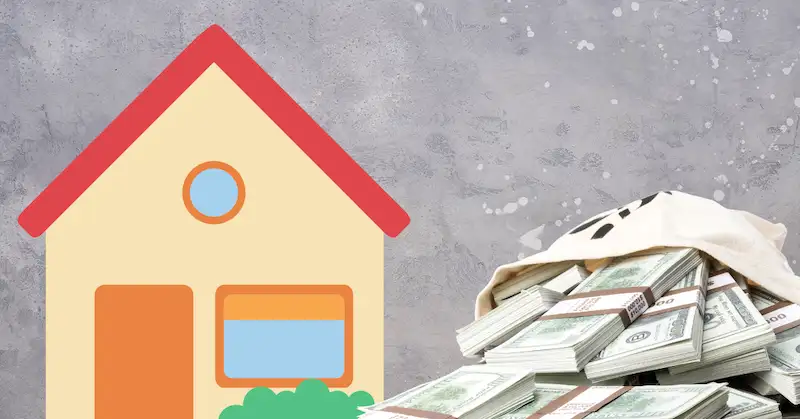Choosey moms choose Jif and four out of five dentists recommend choosing Trident gum, but why do so few people get to choose their internet service provider?

A 2020 study from the Institute for Local Self-Reliance determined that 83m+ Americans only have one choice when it comes to a high-speed internet provider, and it’s probably either Comcast’s Xfinity or Charter’s Spectrum.
How is that OK?
It essentially comes down to the idea of a “natural monopoly,” according to CNET.
- They don’t illegally force competitors out of the market, it’s just really difficult (and expensive) to establish high-speed internet coverage.
- So when one company is already entrenched in a region and has the infrastructure in place, it’s difficult for another company to compete.
- That’s all especially true for rural areas, where access is more limited, as is the incentive for companies to reach them.
That means, unfortunately, companies can raise prices with impunity (sometimes by up to $50/month).
Also unfortunately…
… this is largely a US problem.
The biggest American ISPs are so big that it drives up both their costs and the costs of smaller competitors who may have to piggyback on their infrastructure.
- The average cost of internet service in the UK is ~$38/month, versus ~$68/month in the US, per Broadband Search.
- In Europe, universal broadband efforts have been taken more seriously compared to the US, and with fewer vast expanses of nothing, it’s just easier to get people online.
There are solutions…
… like the fixed wireless internet networks offered by T-Mobile and Starlink, but they can have inconsistent speeds or even higher costs.
Of course, you could always just not have the internet — but is that any way to live?
Economics



